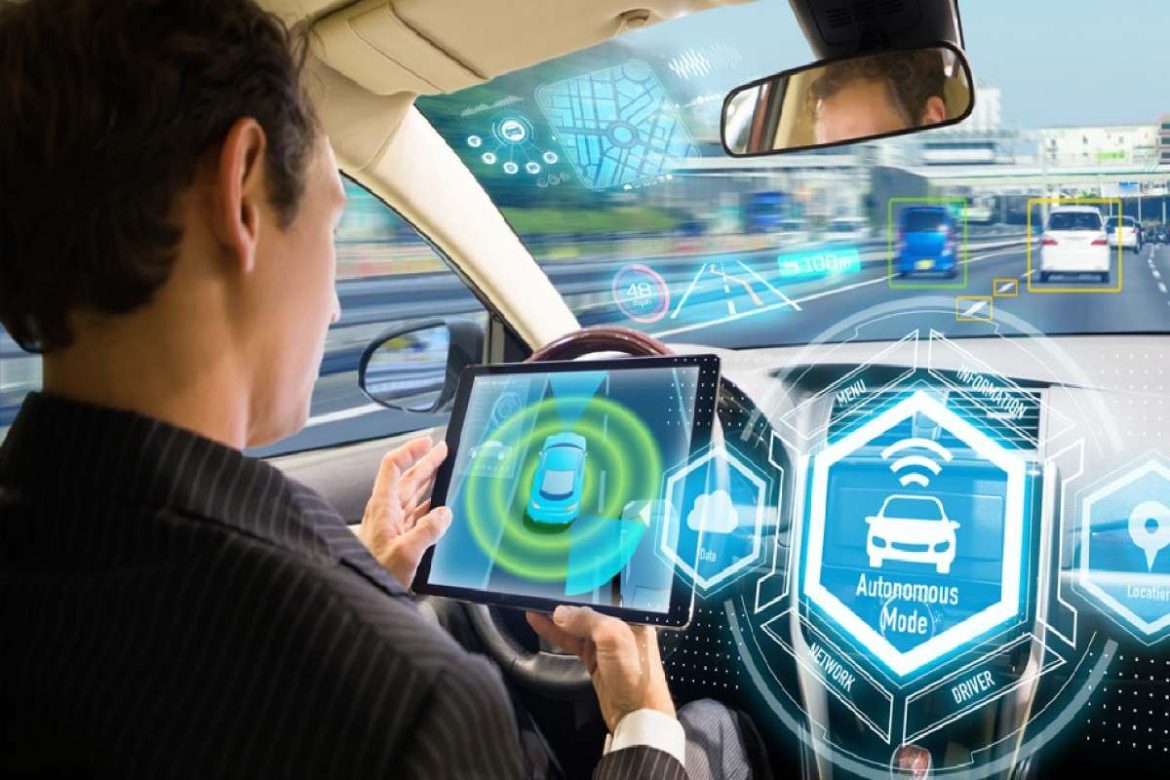When self-driving cars and other vehicles were first announced, they were rightfully met with a healthy amount of skepticism. Many people were concerned that this kind of technology would take agency away from drivers and perhaps make roads even more dangerous. After all, everything breaks at some point. The results could be catastrophic if a self-driving system fails on the road. Driver assistance technologies, however, were more well-received. Augmenting and improving a driver’s awareness and supporting their ability to drive safely is much more palatable than entirely handing the wheel over to a machine. Still, the question remains as to how reliable these driver assistance technologies are.
By and large, technologies that assist drivers accomplish their goal of making roads safer. However, like every other piece of technology, driver-assisting devices can malfunction and break. When that happens, accidents and serious injuries can result. If there was a known problem with a particular piece of software or hardware that caused such an accident, you may even be able to take those responsible to court.
Table of Contents
What are Driver Assistance Technologies?
It is important to really nail down what is being talked about when someone like a Georgia car accident lawyer refers to “driver assistance technology.” Not everything that helps drivers falls into this category. For example, GPS assists drivers in getting where they need to go, and it certainly is a piece of technology. However, for our purposes, “driver assistance technology” refers to things that try to enhance a driver’s situational awareness of what is going on around them and, in some cases, wrest control away from the driver temporarily.
Some driver assistance technology takes more control away from the driver than others. The Society of Automotive Engineers has published five levels of assistance for driver assistance technology. As the level increases, the level of control the driver has decreases.
Level 1
Level one assistance means no level of help from technology. The driver is in control of all aspects of the vehicle’s operation.
Level 2
Level two is the first point where control is sometimes taken away from the driver in some small way. The most common example of things at this level is cruise control, which can keep a car moving at a certain speed without driver input. The driver still maintains total control of where the vehicle goes.
Level 3
Level three is where things start to get interesting. This level is called “conditional automation.” Features like automatically breaking when someone walks behind the car and making an emergency turn without driver input. However, at this level, the driver is still responsible for the general operation of the vehicle.
Level 4
Level four automation is the first level where a car can really drive itself to a destination. While a car at this level is fully automated, such technology cannot necessarily account for surprise road conditions effectively, so the driver needs to be ready to take control at a moment’s notice.
Level 5
Level five denotes a fully autonomous vehicle. These are true “self-driving” cars that can account for sudden changes in driving conditions. Theoretically, a car with level five automation could get a “driver” through hectic, speedy traffic without any human input.
Can Driver Assistance Technology Be Trusted?
Of course, all of the driver-assisting technology in the world is only useful if it actually works and can be relied on. Whether a particular piece of driver assistance tech in a car is dependable can depend on a lot of different factors, so, unfortunately, there is no clear-cut yes or no answer to whether driver assistance technology is reliable.
For the most part, driver assistance technology is going to work as intended. However, no piece of technology is going to work 100% of the time. As more and more driver-assisted and self-driving vehicles become present on roads, one should expect the number of accidents that happen because of driver-assistance features to increase. What is important is knowing what you – as a driver or as someone injured in an accident involving a driver-assisted vehicle – need to do when the technology does fail.
Why Does Driver Assistance Technology Fail?
There are a lot of different reasons that driver-assisting technology can fail. Below, we’ll go into some of those failure points and what legal actions you may want to take.
Defective Product
Perhaps the most likely reason for a driver assistance technology to fail is that it is designed poorly. There are a lot of ways that this could happen. For example, accident avoidance software may not prioritize the safety of a driver highly enough or not be able to get out of the way of an oncoming vehicle with sufficient speed. In cases where driver-assistance features are poorly designed or implemented, you may be able to file a claim against the company that invented or designed that feature.
Driver Over-Confidence
Another problem with driver-assistance technology is not necessarily the tech itself but an over-reliance on it by drivers. Some car features may be billed as “self-driving” or similar while, in reality, the driver’s attention is needed at all times. Motorists who rely on assistance features too heavily can cause accidents and be held liable in court.
If either of these issues contributed to a crash, then you might have a case against the relevant parties. Attorneys are often ready to use mistakes involving these technologies as grounds for car accident lawsuits.


